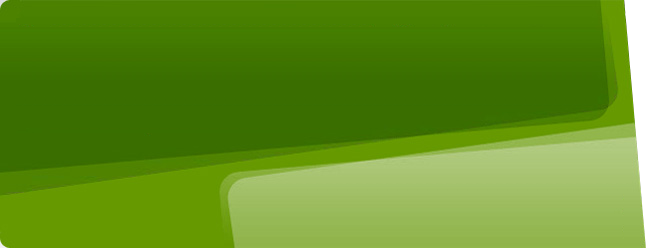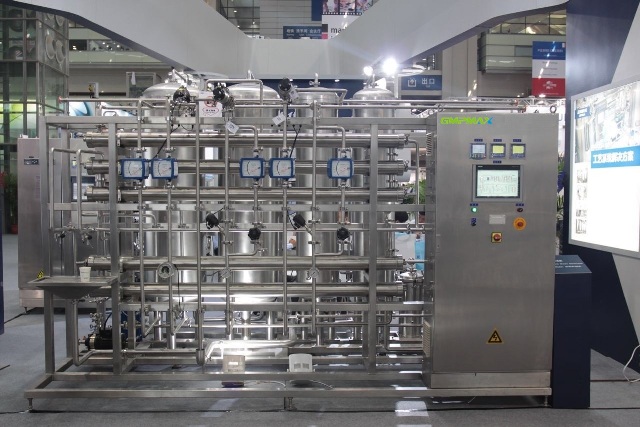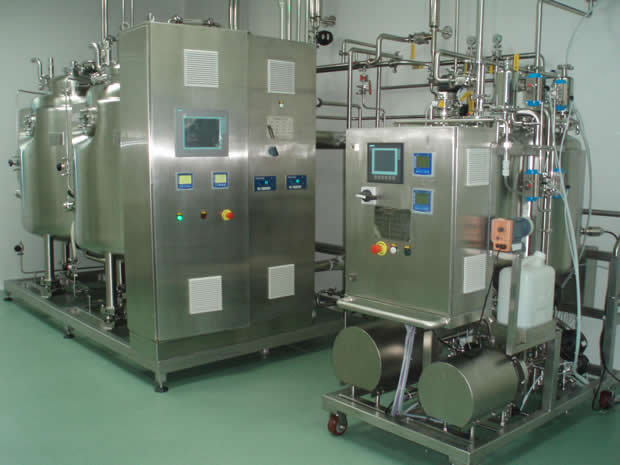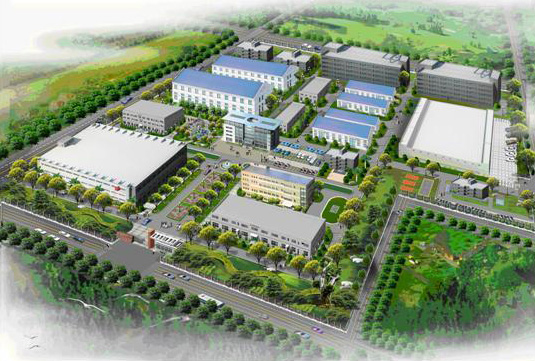- Clean Room
- HVAC System
- Water for Pharmaceutical Use
- Sanitary Distribution Piping
- Solution Formulation System
- CIP/SIP System
- Control System
- Tablet Production
- Capsule Production
- Powder Vial Production
- Liquid Vial Production
- Oral Liquid Production
- Eye Drop Production
- IV Solution Production
- Cream/Ointment Production
- Soft Gelatin Production
- Pilot Production
- Ampoule Production
China Pharmaceutical Market
China could be the world's second largest drug market, after the United States, by 2015, according to IMS Health data.
Market Size in 2011: $63.9 billion
Population: 1.3 billion
Industry Makeup: Very diverse with more than 3,000 local manufacturers, major multinationals and traditional medicine.
Branded vs. Generic: Generics represented about 64 percent of the market by value, with over-the-counter drugs representing about 26 percent.
Distribution: Regional market distribution system utilizing many different distributors.
Main Customers: Hospitals (56 percent), pharmacies (24 percent), local health centers (20 percent)
Brazil Pharmaceutical Market
Market Size in 2011: $22.7 billion
Population: 206 million
Industry Makeup: Multinationals currently dominate Brazil's pharmaceutical market but the country has a rapidly growing local industry led by EMS, Aché, Eurofarma and Hypermarcas.
Branded vs. Generic: Branded generics (70 percent) lead the market, followed by over-the-counter (17 percent) and patented (12 percent). Brazil's generic sector is the largest among Latin American nations.
Distribution: A handful of large companies dominate distribution but there are more than 3,000 wholesalers.
Main Customers: Pharmacies and retail (71 percent), hospitals (8 percent)
Estimated growth by 2015: 7 to 12 percent
Asia Pacific Pharmaceutical Market
Global pharmas have taken interest in the region following improvements in the regulatory environment, rising incomes, skilled workforces and opportunities for contract manufacturing.
Market Size in 2011: $18.2 billion
Population: 464 million combined
Industry Makeup: GlaxoSmithKline, Pfizer, Sanofi-Aventis, Ranbaxy Laboratories and Takeda Pharmaceutical are active in the region.
Branded vs. Generic: Vietnam has a strong generic market (90 percent of the total), while Singapore's market is 20 percent of the total. The over-the-counter sector is expanding throughout the region.
Distribution: Large distributors include Zuellig Pharma
Main Customers: Varies among countries
Estimated growth by 2015: 7 to 10 percent
Russia Pharmaceutical Market
Several multinationals increased their investments in the Russian pharma market in 2011 including Novartis, which began construction of a manufacturing facility in St. Petersburg and AstraZeneca which began constructing a new manufacturing plant in the Kaluga region.
Market Size in 2010: $18.7 billion
Population: 142 million
Industry Makeup: Most countries have a several multinationals operating within
Branded vs. Generic: Russia's market has been dominated by locally produced generics but there is a growing demand for more branded generics from multinational companies.
Distribution: In 2010, the top 10 distributors dominated 90 percent of distribution.
Main Customers: Hospitals, managed care organizations, state agencies, drug retailers.
Estimated growth by 2015: 10 to 12 percent
India Pharmaceutical Market
Already a global leader in the generic drug market with 3,500 pharmaceutical manufacturers exporting about $10 billion annually to more than 100 countries, India intends to expand its sales to other emerging markets, the United States and Europe. Dr. Reddy's, one of India's largest generic manufacturers, has already made significant inroads in the U.S. market.
Contract manufacturing of brand-name prescription drugs and hosting clinical trials for multinationals are other areas of growth within the India pharma market.
Market Size in 2011: $15.7 billion
Population: 1.2 billion
Industry Makeup: Significant exports of generics to developed markets including the U.S. and Europe.
Branded vs. Generic: Branded generics represent 90 percent of prescription drug sales, over-the-counter drugs represent 16 percent of total value of drugs sold.
Distribution: India relies on a clearing and forwarding agent(CFA)distribution system. While the number of distributors and retail pharmacies is increasing there are still inefficiencies in distribution, particularly in rural areas.
Main Customers: Pharmacies (70 percent), hospitals (30 percent)
Estimated growth by 2015: 12 to 16 percent
Turkey Pharmaceutical Market
Turkey has a fast growing pharmaceutical industry and the largest among Middle East nations. Foreign companies own about 80 percent of the local pharmaceutical manufacturing facilities. In April 2012 Amgen acquired 95.6 percent of shares of Mustafa Nevzat Pharmaceuticals (MN), a privately held Turkish pharmaceutical company for $700 million. Turkey has strict price controls and spends about $50 per capita on pharmaceuticals annually, according to Egon Zehnder International, an industry consultancy.
Market Size in 2011: $11.6 billion
Industry Makeup: About 85 local and multinational manufacturers
Branded vs. Generic: Generics represent about 50 percent of volume and 35 percent of value. Over-the-counter represents 11 percent of the total market.
Distribution: The top two distributors, Hedef and Selcuk Ecza, own 70 percent of the distribution while regional co-ops have a 15 percent share.
Main Customers: Divided among pharmacies, hospitals and clinics
Estimated growth by 2015: 10 to 14 percent
Sources: IMS Health, PharmaVentures, Company reports







